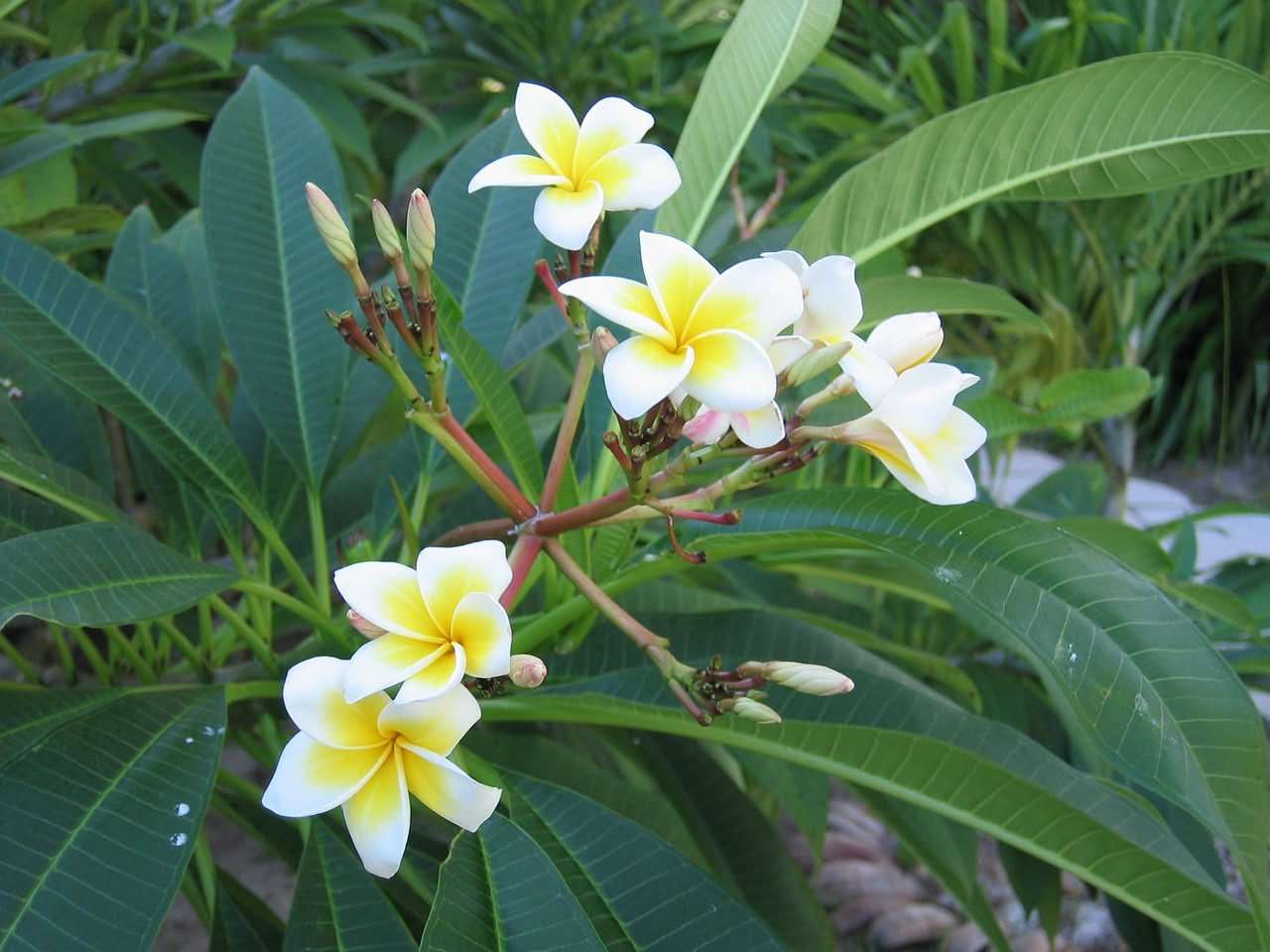
Frangipani Tree Planting Guide
Table of Contents
Frangipani Tree Planting Guide
- Introduction: Discovering the Frangipani Tree
- The Origin and Meaning of Frangipani
- Choosing the Perfect Location for Your Frangipani
- Preparing the Soil for Planting
- Propagation Methods for Frangipani
- Step-by-Step Guide to Planting Frangipani
- H1: Selecting Healthy Cuttings or Potted Plants
- H2: Soaking the Cuttings or Potted Plants
- H2: Digging the Planting Hole
- H3: Planting the Frangipani
- H3: Backfilling and Watering
- H3: Mulching and Pruning Tips
- Caring for Your Frangipani Tree
- H2: Watering Requirements
- H2: Feeding and Fertilization
- H2: Dealing with Pests and Diseases
- H2: Winter Protection
- Enjoying the Fragrance and Beauty of Frangipani
- The Symbolism and Cultural Significance of Frangipani
- Conclusion
Introduction: Discovering the Frangipani Tree
The frangipani tree, also known as Plumeria, is an enchanting tropical plant that captivates hearts with its alluring fragrance and stunning flowers. Originating from regions like Central America, Mexico, and the Caribbean, the frangipani tree has become popular worldwide for its vibrant blooms and ease of cultivation. In this guide, we’ll explore the fascinating world of frangipani trees, from their historical significance to planting and caring for them in your garden.
The Origin and Meaning of Frangipani
The name “frangipani” is derived from the Italian nobleman Marquis Frangipani, who created a scented perfume used to scent gloves in the 16th century. The frangipani tree is often associated with love, charm, and positivity, making it a symbol of affection in many cultures. Understanding its origin and meaning adds to the allure of growing this magnificent tree in your garden.
Choosing the Perfect Location for Your Frangipani
Before planting a frangipani tree, selecting the right location is crucial for its overall health and growth. Frangipani thrives in full sunlight, so choose a spot that receives at least 6 to 8 hours of direct sunlight daily. Ensure the area is well-draining, as these trees don’t tolerate waterlogged soil. By picking the right spot, you’ll lay the foundation for a thriving frangipani tree.
Preparing the Soil for Planting
Frangipani trees are not picky about soil, but they do prefer well-draining soil with a neutral pH. Before planting, it’s beneficial to enrich the soil with organic matter like compost or well-rotted manure to provide the tree with essential nutrients. A well-prepared soil bed encourages healthy root development and vigorous growth.
Propagation Methods for Frangipani
There are several propagation methods for frangipani trees, including using cuttings and potted plants. Both methods have their advantages, and we’ll explore each one to help you decide which approach suits your preferences best.
Step-by-Step Guide to Planting Frangipani
H1: Selecting Healthy Cuttings or Potted Plants
The first step to successful frangipani planting is selecting healthy cuttings or potted plants. Look for cuttings or plants with vibrant green leaves and no signs of pests or diseases.
H2: Soaking the Cuttings or Potted Plants
Before planting, it’s essential to soak the cuttings or potted plants in water for a few hours. This process allows the plants to absorb sufficient water, enhancing their chances of successful establishment.
H2: Digging the Planting Hole
Prepare the planting hole, making sure it’s deep and wide enough to accommodate the roots comfortably. Loosen the soil around the hole to encourage easy root penetration.
H3: Planting the Frangipani
Gently place the frangipani cutting or potted plant into the hole, ensuring that it stands upright. Fill the hole with soil and lightly press it to eliminate air pockets.
H3: Backfilling and Watering
After planting, backfill the remaining soil around the tree and water it thoroughly. Adequate watering is crucial during the early stages of growth.
H3: Mulching and Pruning Tips
Applying a layer of mulch around the base of the frangipani tree helps retain moisture and suppress weeds. Additionally, we’ll provide you with essential pruning tips to maintain a healthy and shapely tree.
Caring for Your Frangipani Tree
Once your frangipani tree is established, proper care is essential to ensure its long-term health and beauty.
H2: Watering Requirements
Discover how to water your frangipani tree properly and understand its specific watering needs to prevent overwatering or underwatering.
H2: Feeding and Fertilization
Fertilizing your frangipani tree will promote robust growth and abundant blooms. Learn about the right fertilizers and application techniques.
H2: Dealing with Pests and Diseases
Identify common pests and diseases that may affect your frangipani tree and explore effective and natural methods for controlling them.
H2: Winter Protection
If you live in a region with cold winters, you’ll need to take some precautions to protect your frangipani tree from frost and freezing temperatures.
Enjoying the Fragrance and Beauty of Frangipani
Once your frangipani tree matures and blooms, you’ll be treated to a sensory delight. Discover tips for appreciating its fragrance and admiring its exquisite flowers.
The Symbolism and Cultural Significance of Frangipani
Throughout history, the frangipani tree has held various symbolic meanings and cultural significance in different parts of the world. Delve into the stories and traditions associated with this mesmerizing tree.
Conclusion
In conclusion, the frangipani tree is an extraordinary addition to any garden, offering not only mesmerizing beauty and fragrance but also cultural and symbolic depth. By following this comprehensive guide, you can confidently plant, grow, and care for your frangipani tree, creating a stunning and meaningful landscape.
5 Unique FAQs
- Q: Is the frangipani tree easy to care for?
A: Yes, frangipani trees are relatively low-maintenance and adaptable, making them suitable for both experienced and novice gardeners. - Q: How often should I water my frangipani tree?
A: The frequency of watering depends on various factors such as climate, soil, and tree size. Generally, water deeply when the soil is dry to touch. - Q: Can I grow frangipani trees in pots?
A: Absolutely! Frangipani trees can thrive in pots, making them a